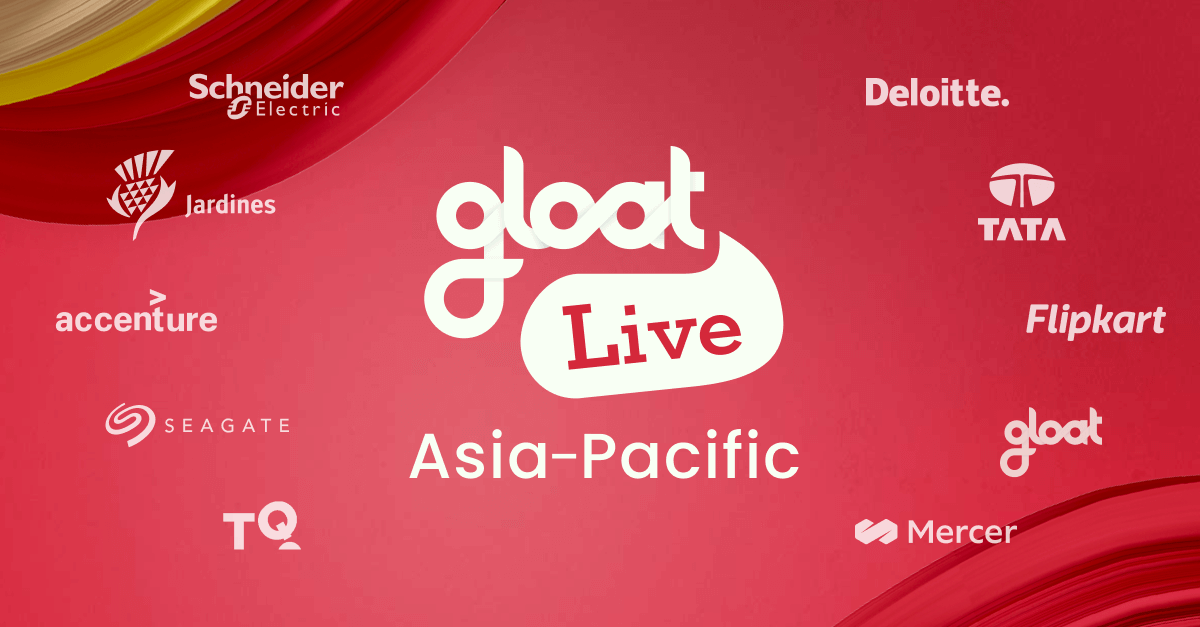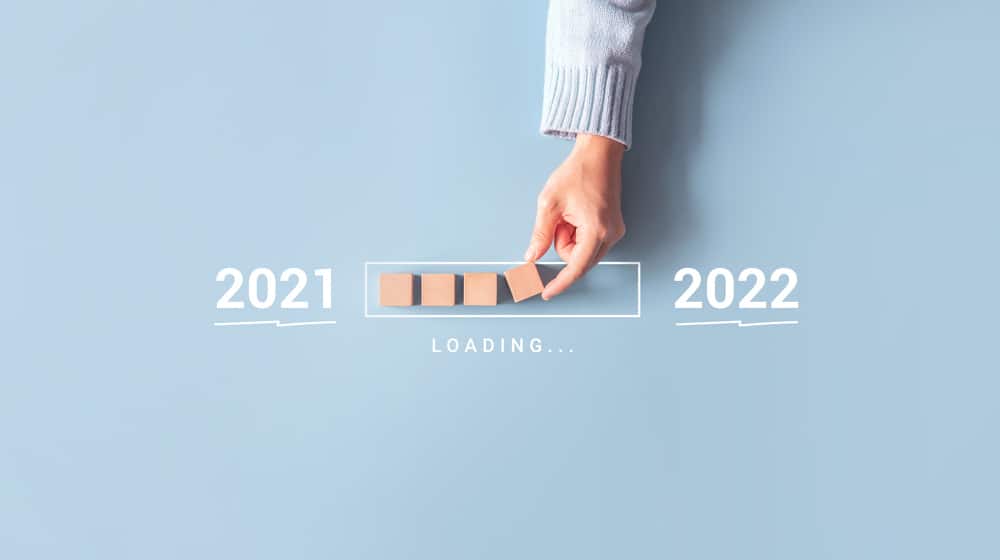3 Future of work experts share their secrets for reimagining operating models
Exploring the top future of work insights from Gloat Live Asia-Pacifiс

At this point, every leader knows that work and workforces are profoundly changing. From supply chain disruptions to labor shortages, businesses are facing a new set of challenges that will require a shift in mindsets and operating models.
These emerging priorities aren’t just changing the way work gets done; they’re also reshaping HR as a business function. HR leaders are now strategists at the helm of architecting new ways of working that unlock agility and align people to purpose.
Although most executives recognize that shifting perspectives is crucial, there’s a lot of uncertainty about what new operating models should look like and the technology that will support them. That’s why we gathered three of the foremost future of work experts at Gloat Live Asia-Pacific to share their insights. Moderated by our own Riges Younan, Nicole Scoble-Williams (Deloitte), Cynthia Cottrel (Mercer), and Gaston Carrion (Accenture) explored the frameworks that will be essential in our next chapter. And here are the top Q&As you can’t miss:
Your top future of work questions, answered
Riges: As we move into a skills-based world, what trends are you seeing?
Nicole: Right now, we know we’ve got over 70% of organizations struggling to find the talent they need, employees who have got that right mix of technical skills and human capabilities. We need to zoom in around APAC for a moment and just think about what dynamics in our region we have at play because it’s important to be really clear on the why and what problem you are trying to solve.
So in China, more than 25% of the workforce is pivoting to freelance and contract work. In Singapore, we have almost 50% of Gen Zs in a similar situation. In India, 68% of talent is not only looking to change jobs but to change industries.
Reflecting on that, what is really clear is that our superpower in this world of perpetual disruption has to be our ability to access, engage, and develop the talent that we will need. And for everybody participating in this event, I am sure you will understand the way in which the talent marketplace is unlocking those opportunities and new aspirations to address exactly that. How do you create and drive that superpower to access, engage, and develop that talent that you need?
Riges: Why is it so important to view skills in the context of market dynamics?
Cynthia: What I would advise is thinking about shifting away from this idea of a skills inventory, which we know is hard to do because it’s hard to predict. So what do we do instead? One of the most prevalent things we’ve been seeing, and this is where the marketplace becomes so important, is the ability to stay agile and be able to scale tasks and jobs into skills and then find where people are most connected to particular tasks. And again, it’s not about jobs, it’s actually more about the work itself.
Riges: How will the new world of skills impact workforce planning and work design in general?
Gaston: We need to step back and look at the workforce impacts and forces of change. Namely, we see three things: 1) automation, 2) how COVID accelerated digitization, and 3) workforce expectations. So with that in mind, if we compound all of that, we have a reality of moving from jobs to skills. But the question to answer next is what does that mean for HR? If we think about the HR functions, they need to develop fundamental capabilities or muscles in order to be able to support the CEO and the rest of the C-suite across the organization.
Riges: What is wrong with the current operating model?
Cynthia: Our current operating model limits us to a supply-side vision of what we have today and also limits us because we are focused on developing what we think we need today. People are telling us that they’re actually really interested in many things, and sometimes it is hard to see that.
In fact, they may have adjacent skills that we don’t understand yet and therefore we’re not taking full advantage of the things that they feel and connecting them from a purpose standpoint.
Riges: How is the talent marketplace benefiting the worker?
Nicole: And so I think what I love most about the talent marketplace concept is that it is enabling individuals to really connect and align their potential with their passions, but doing it in a way that is very valuable, meaningful, and impactful for the business.
When clients say to me, if you could do just one thing right now, without a question, I always say zoom in on a talent marketplace, because it addresses all of the problem statements that you’re trying to focus on right now, all of the different applications. I think it’s important for the workers, especially in a market where workers are reevaluating what’s important to them? What do they need? What do they expect? All of these things filtering in, you know, you need to think about what’s in it for the worker and what’s in it for the business.
Riges: What advice do you have for leaders who are looking to reimagine their work operating models?
Cynthia: We need to think about how this will work for everyone. How does ‘work’ work for everyone? The second thing is that as you embark on your talent marketplace journey, think about the problem you’re trying to solve. There are many things that can happen that are wonderful in embarking in this world. But I think it’s really important to think about the user and what their employee experience is. What are you striving for and what are you solving for?
Nicole: First of all, be clear on the why. Different organizations have different motivations for thinking about their talent marketplace. So how do you connect that business strategy? Because you want that to be your anchor for creating energy, trust, and confidence around what you’re doing. The second won’t surprise you, be laser-focused on supply and demand harmonization. And third, make sure you know what your why is and create that buy-in vision, and let the organization know this is a journey. This is a moment. This is where we are heading and why, but then start small so you can move fast.
Gaston: So three things for me as well. 1) Don’t be afraid. 2) The second is to co-create with the workforce. Listen to employees because you are trying to solve their problems. So just consider that. 3) Don’t try to develop it yourself. Leverage what is existing, look at platforms like Gloat that can get you there faster.
There’s no doubt that new operating models are going to be essential in the new world of work. And the sooner you take advantage of them, the more likely your business will be to outpace the competition.




